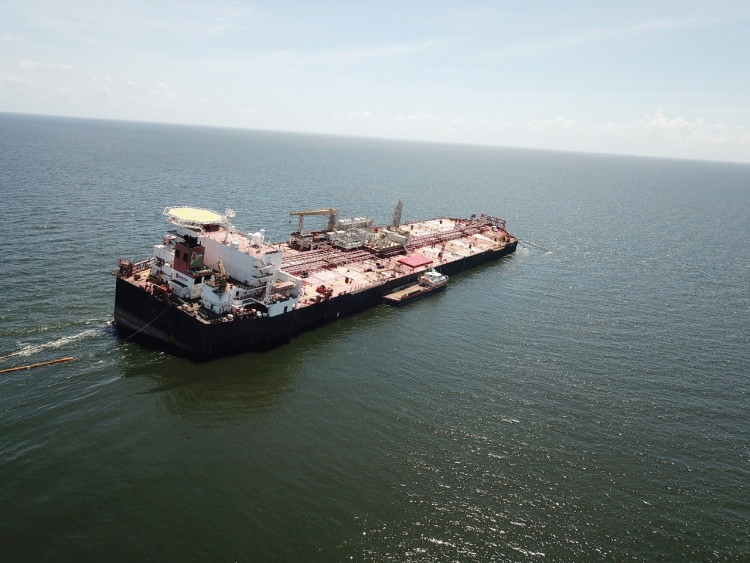Over the past six months, despite the support of China's economic recovery for energy demand, and production cuts announced by OPEC+ members including Russia and Saudi Arabia, oil prices have continued to fluctuate downward, with a cumulative drop of over $10 per barrel this year.
Despite various positive factors, why do oil prices continue to falter? According to Financial Times columnist Amrita Sen, the U.S. Federal Reserve might need to shoulder some of the blame.
No Decline in Oil Demand
Data from OilX shows that since the beginning of the year, global oil demand has grown by 2.5 million barrels per day year-on-year, exceeding market expectations. The decline in demand caused by Europe's economic recession has been largely offset by China's robust demand.
The International Energy Agency (IEA) also indicated in its mid-year report that due to production cuts by OPEC+ countries, the global oil market may face supply constraints in the coming months.
However, oil prices have not risen accordingly. The likely culprit might be the Fed's aggressive interest rate hikes.
For refineries and trading companies, due to persistent inflation, the cost of storing oil in tanks has become more expensive. Higher interest rates further imply increased financing costs. In other words, once oil demand declines, the cost of inventory buildup will be higher than before.
Amrita Sen argues that the world has grown accustomed to a zero-interest-rate environment. Oil trading companies haven't operated in a non-zero-interest-rate environment in the past decade. Thus, facing potential recession and a high-interest-rate environment, these companies are eager to unload spot commodities, aiming to evade the risks associated with high interest rates and inventory buildup, which could hamper oil price increases.
Historically, Oil Prices Enter a Significant Bumpy Period
Historically, from 1988 to 2008, there was a significant correlation between interest rates and the oil market: when interest rates increased, inventory reduction accelerated significantly. For every 1% increase in interest rates, crude oil inventories in developed countries would decrease by an average of 10 million barrels year-on-year - in an era when global oil demand was much lower than today, this was roughly equivalent to a full day's gasoline demand in the U.S.
The situation at the beginning of 2000 is very similar to today's. From January 2000, the U.S. began raising interest rates, and OPEC began cutting production later that year. Similarly, a tech bubble occurred in the stock market that year.
During this period, oil inventories in OECD member countries (major developed economies such as Europe, the U.S., and Japan) declined by 6%.
Drawing from past experience, Amrita Sen predicts that by the end of this year, global commercial oil inventories will drop to their lowest level in the past decade. Therefore, oil prices might become highly susceptible to macro events and OPEC+ policies, leading to significant fluctuations.






